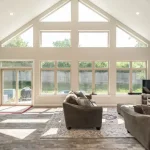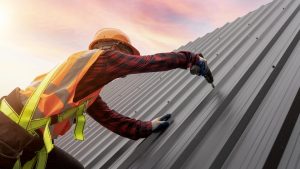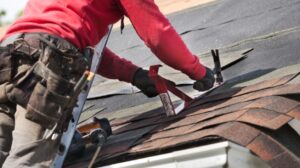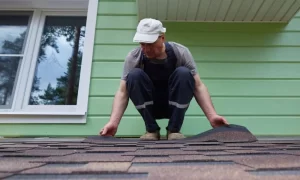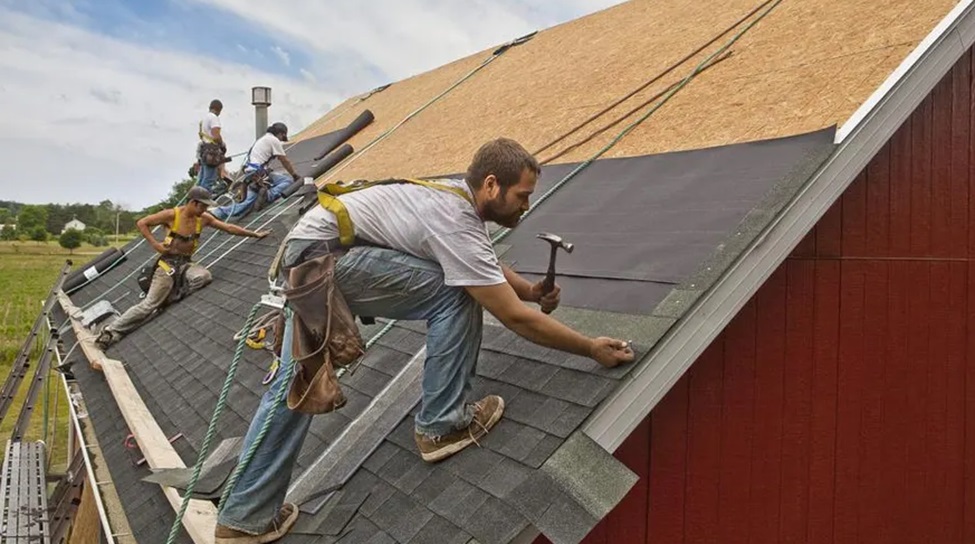
Your home’s roof, a silent guardian against the elements, ages gracefully over the years. However, like all things, it reaches a point where its protective embrace begins to wane. Understanding when and how to plan for a roof replacement is a crucial aspect of homeownership, ensuring that your shelter remains resilient and secure. In this guide, we explore the considerations that come with the aging process of roofs and the art of planning a seamless replacement.
Signs of Aging: Knowing When It’s Time
Every roof, regardless of its material and construction, undergoes a natural aging process. Recognizing the signs of aging is the first step in determining when a replacement may be on the horizon.
- Shingle Wear and Tear
Inspecting the shingles is a key indicator of your roof’s health. Over time, shingles may show signs of wear and tear, including curling, cracking, or missing pieces. These issues compromise the integrity of the roof, making it susceptible to leaks and other damage.
- Leaks and Water Damage
Water is a roof’s nemesis, and leaks are a red flag that shouldn’t be ignored. If you notice water stains on your ceiling, damp spots in your attic, or evidence of water damage, it’s a clear indication that your roof may need attention.
- Sagging and Drooping
A sagging or drooping roofline is a serious concern and may indicate structural issues. This could be a result of water damage, weakened supports, or other structural problems. A sagging roof is a clear signal that a replacement may be imminent.
- Granule Loss
Asphalt shingles commonly lose granules over time. If you find granules in your gutters or notice a significant loss of granules on the shingles themselves, it’s a sign that your roof is aging and may need replacement.
- Visible Daylight in the Attic
A well-maintained roof should keep the outside elements where they belong—outside. If you notice daylight streaming through your attic, it’s a sign that there are gaps or holes in the roof, indicating the need for replacement.
Assessing the Age: The Lifespan of Different Roofing Materials
Understanding the lifespan of your roofing material is crucial in planning for a roof replacement. Different materials have varying longevity, and knowing when your roof was installed provides insight into when a replacement might be necessary.
- Asphalt Shingles
Asphalt shingles, the most common roofing material, typically have a lifespan of 20 to 30 years. However, factors like climate, maintenance, and ventilation can influence the actual lifespan.
- Wood Shingles and Shakes
Wood shingles and shakes offer a natural and rustic aesthetic. They generally have a lifespan of 20 to 40 years but require regular maintenance to prevent issues such as moss and rot.
- Metal Roofing
Metal roofing is known for its durability and longevity. It can last 40 years or more, making it a popular choice for those looking for a low-maintenance and long-lasting roofing solution.
- Tile and Slate Roofing
Tile and slate roofs are prized for their elegance and longevity. With proper care, these roofs can last 50 years or more, making them a significant investment in the long-term protection of your home.
Planning for Replacement: A Timely Approach
Planning for a roof replacement involves a thoughtful and timely approach to ensure the seamless transition from an aging roof to a new and robust one.
- Regular Inspections
Routine inspections by a qualified roofing professional are essential to catch signs of aging early. Regular assessments allow for proactive maintenance and the identification of potential issues before they escalate.
- Budgeting and Financing
A replacement is a significant investment, and budgeting for this expense is a crucial aspect of planning. Explore financing options, if necessary, and ensure that you have a financial plan in place to cover the costs of materials, labour, and potential unforeseen issues.
- Researching Roofing Materials
When planning for a replacement, consider researching and selecting the roofing material that best suits your needs and preferences. Factor in durability, maintenance requirements, and the aesthetic appeal of different materials.
- Hiring a Professional Roofing Contractor
Selecting a reputable and experienced roofing contractor is paramount to the success of your replacement project. Seek recommendations, read reviews, and ensure that the contractor is licensed and insured. A skilled professional will not only execute the replacement but also provide valuable insights during the planning stage.
The Replacement Process: Navigating the Journey
Once the decision is made to proceed with a roof replacement, understanding the replacement process helps homeowners navigate the journey smoothly.
- Preparing Your Home
Before the replacement begins, clear the area around your home to provide easy access for the roofing crew. Remove any valuable items from your attic to prevent potential damage during the replacement.
- Stripping the Old Roof
The first step involves removing the old roofing material. This process allows for a clean slate and ensures that any underlying issues are addressed before installing the new roof.
- Addressing Repairs and Structural Issues
During the replacement, any necessary repairs or addressing of structural issues is conducted. This step is crucial in ensuring the longevity and stability of the new roof.
- Installing the New Roofing Material
The installation of the new roofing material is the pinnacle of the replacement process. Whether it’s asphalt shingles, metal panels, or another material, the installation is carried out with precision to guarantee a watertight and secure roofing system.
Conclusion:
In conclusion, planning for a roof replacement is an essential aspect of homeownership that requires a proactive and informed approach. By recognizing the signs of aging, understanding the lifespan of different roofing materials, and engaging in a timely and thoughtful planning process, homeowners can navigate the journey of replacement with confidence. The result is a renewed shield for your home, providing security and protection for years to come. Age gracefully, and let your home do the same with a well-executed replacement.


